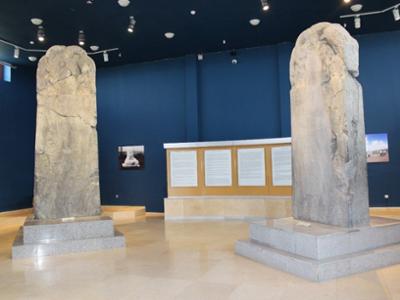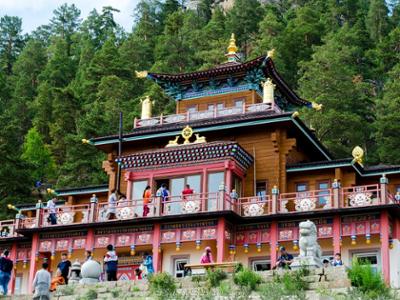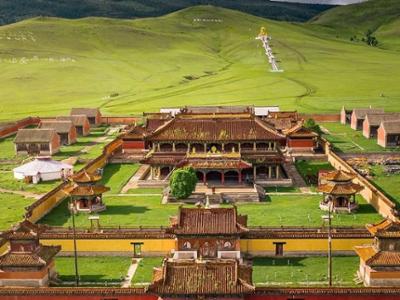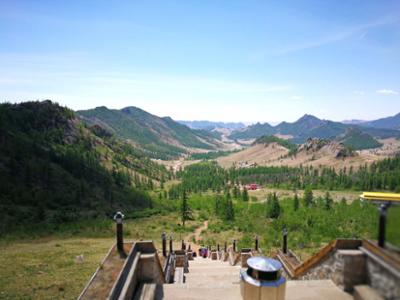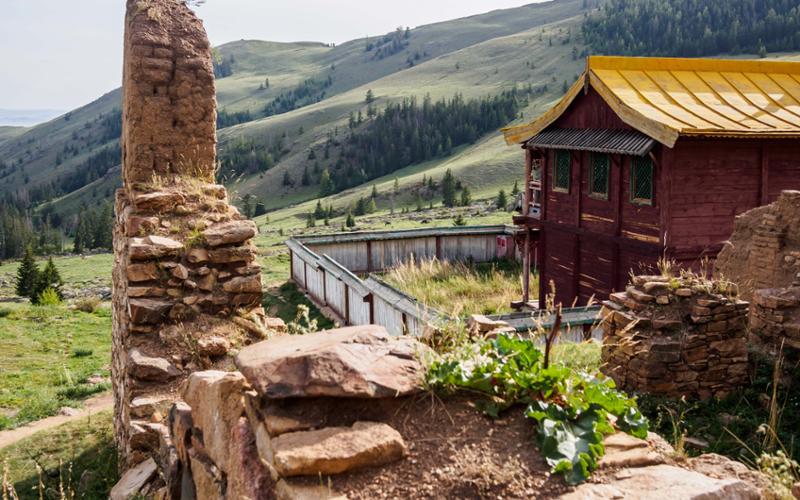
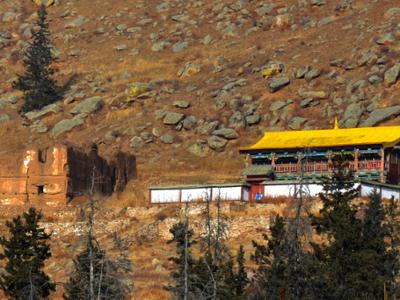


Manzushir Monastery is a historic Buddhist site located about 8 km north of Zuunmod, at the southern base of Bogd Khan Mountain. Founded in 1733 by the revered monk Luvsanjambaldanzan, the monastery was dedicated to Mañjuśrī, the Bodhisattva of Wisdom, and became a renowned center for Buddhist scholarship.
Historical Significance
By the late 18th century, it had grown to include 20 temples and housed over 300 monks. The site was famed for its rare scriptures, some written in gold on silver. Sadly, in 1937 during Stalinist purges, all temples were destroyed, and many monks were arrested. Some sacred texts survived and are now kept at the National Library.
Present-Day Site
Today, the ruins are part of Bogd Khan Uul Strictly Protected Area. One temple has been restored as a museum displaying relics and historical exhibits. Visitors can view Buddhist rock carvings, a massive 2-ton bronze cauldron from 1726, and enjoy hiking trails through beautiful pine forests.
Visitor Experience
Easily accessible from Ulaanbaatar, Manzushir is ideal for day trips. It offers a blend of nature, history, and spirituality in a serene alpine setting.

